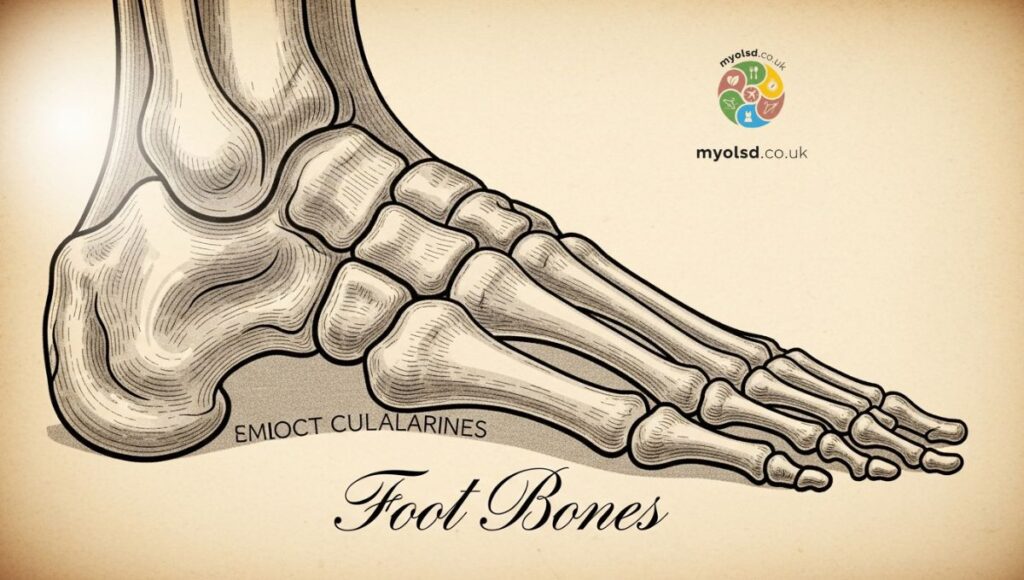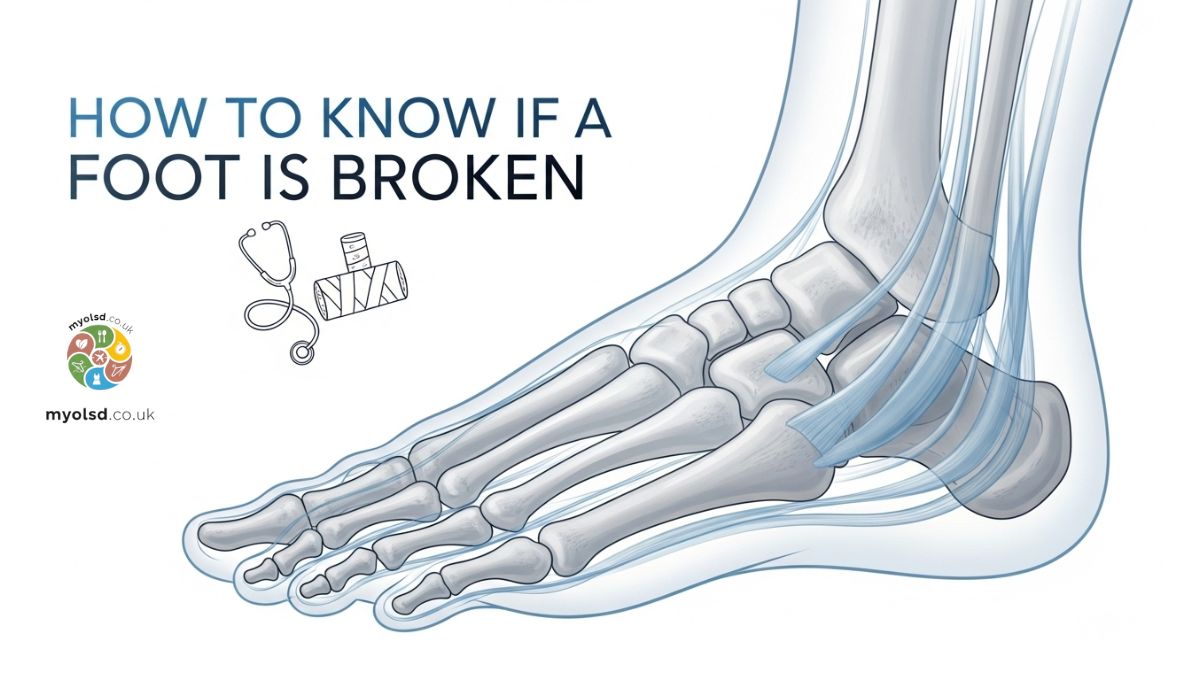Ouch! You twisted your foot, and now it’s swollen, bruised, and throbbing. You’re not sure if it’s just a bad sprain or something more serious, and the uncertainty is driving you crazy. That little voice in your head keeps asking, How do I know if my foot is broken? And honestly, you just want some clarity.
In this post, we’ll break down exactly how to know if your foot is broken, covering the key signs, symptoms, and when you should see a doctor. You’ll receive simple, practical tips to determine what’s going on, so you can take the right steps for healing and prevent the injury from worsening. By the end, you’ll feel more confident about understanding your foot pain and knowing what to do next.
Overview
A broken foot is more than a simple pain; it’s a fracture in one or more bones that can affect your mobility. Foot injuries often occur from falls, sports trauma, car accidents, or heavy object impacts. Recognizing a broken foot early ensures proper care and helps avoid complications such as permanent joint stiffness or misalignment.
Fractures can range from small hairline cracks to serious breaks, sometimes causing the bone to pierce the skin. Severity, location, and type of fracture will influence treatment, recovery, and whether you’ll need surgery or non-surgical care like splints, casts, or R.I.C.E. protocol.
Foot Bones

The human foot has 26 bones, including the toes (phalanges), midfoot bones (metatarsals), and ankle bones (tarsals). These weight-bearing bones are susceptible to fractures from trauma, repetitive stress, or osteoporosis.
Understanding foot anatomy helps you recognize where the pain is coming from and whether it matches typical fracture patterns. Missteps, twisting injuries, and heavy impact can easily fracture these bones, while sprains mostly affect ligaments and soft tissue.
Read more Article:How Often Do Jumping Spiders Eat
Symptoms
Recognizing foot fracture symptoms is key to knowing whether your foot is broken. Common signs include:
- Sharp or throbbing pain at the injury site
- Swelling, bruising, or black-and-blue discoloration
- Deformity, lumps, or bumps in the foot
- Difficulty or inability to bear weight
- Limited range of motion, tenderness, or joint pain
When to See a Doctor

Seek immediate medical attention if you notice:
- Bone protruding through the skin (open fracture)
- Severe swelling or bruising not relieved by rest
- Numbness or tingling in the foot
- Extreme pain when moving or touching the foot
Getting an X-ray or MRI helps confirm the fracture type, hairline, stress, greenstick, comminuted, or compression, and ensures you receive the right care.
Causes
Foot fractures often happen due to:
- Trauma: Falls, car accidents, sports injuries, blunt force trauma
- Repetitive stress: Overuse from running or high-impact sports
- Weak bone health: Conditions like osteoporosis or deficiencies in calcium or vitamin D.
- Environmental hazards: Cluttered home, poor lighting, construction sites
Sprains, by contrast, involve stretched or torn ligaments. Understanding the cause helps in preventing recurrence and directing treatment.
Risk Factors

Certain factors increase your likelihood of breaking a foot:
- Age-related bone density loss or osteoporosis
- Smoking, alcohol use, or poor nutrition
- Poor footwear or improper athletic shoes
- Engaging in high-impact sports without proper training
Addressing these factors can reduce injury risk and support faster recovery.
Complications
If untreated, foot fractures can lead to:
- Improper bone healing or misalignment
- Chronic pain or post-traumatic arthritis
- Joint stiffness or permanent mobility loss
- Nerve or blood vessel damage
Prompt evaluation and treatment by an orthopedic or foot specialist minimizes these risks.
Prevention
Preventing foot fractures involves:
- Wearing supportive footwear (athletic shoes, hiking shoes)
- Strengthening muscles and maintaining flexibility
- Using calcium-rich foods and vitamin D supplements
- Practicing home safety and proper exercise techniques
Safe habits reduce the chance of trauma, overuse injuries, and repetitive stress fractures.
Treatment Options

Treatment depends on fracture type and severity:
- Non-surgical care: R.I.C.E. protocol, splints, casts, or braces for mild fractures
- Surgical care: Percutaneous fixation, open fixation with plates and screws, external fixation, or reduction surgery for severe fractures
- Rehabilitation: Physical therapy aimed at restoring strength, mobility, and range of motion.
Your orthopedic specialist will guide recovery and prevent long-term complications.
Recovery
Healing time varies based on fracture severity:
- Mild fractures: 4–8 weeks with rest and immobilization
- Severe fractures: Several months, often with surgical intervention and physical therapy
Following medical advice, avoiding weight-bearing too soon, and completing prescribed exercises ensure full recovery and prevent reinjury.
Related Specialties

- Orthopedic surgeons specializing in foot and ankle
- Podiatrists for fracture assessment and treatment
- Physical therapists for rehabilitation and mobility restoration
Conclusion
Being able to identify a broken foot is crucial for prompt care. Watch for sharp pain, swelling, bruising, deformity, and trouble bearing weight. Early diagnosis through X-rays or imaging tests, guided treatment, and rehabilitation will help you recover safely and return to normal activities with confidence.
FAQS
How do I know if I broke part of my foot?
Look for severe pain, swelling, bruising, deformity, or difficulty bearing weight.
How do you check for a broken foot at home?
Gently press and move the foot; severe pain, swelling, or inability to walk may indicate a break.
How to tell if your foot has a hairline fracture?
Persistent pain, mild swelling, and tenderness without obvious deformity can suggest a hairline fracture.
How do I know if my foot is sprained or broken?
Severe pain, deformity, or inability to bear weight usually indicates a fracture; sprains cause pain and swelling but less structural change.


1 thought on “How to Know If Foot Is Broken: Key Signs, Symptoms, and When to Seek Help”